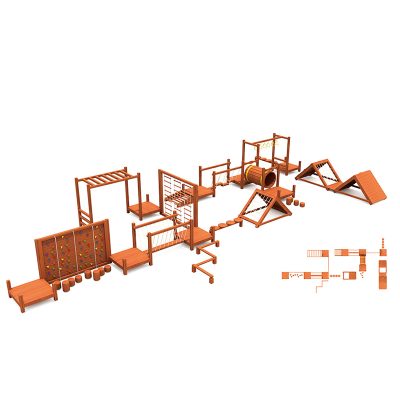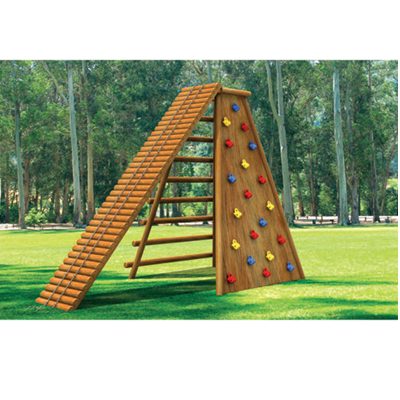Dolls have been used as educational tools for fun learning for centuries, and they remain a valuable resource for teaching and engaging children in various subjects and skills. Here are some ways in which dolls can be used for educational purposes and fun learning:
- Social and Emotional Development: Dolls can help children develop social and emotional skills. By role-playing with dolls, children learn about empathy, communication, and problem-solving. They can act out different scenarios, express their emotions, and practice interacting with others, which is essential for their emotional intelligence.
- Language Development: Playing with dolls encourages language development. Children often engage in conversations with their dolls, which enhances their vocabulary, sentence structure, and storytelling abilities. It provides a safe and non-judgmental space for them to express themselves verbally.
- Math Skills: Doll play can incorporate math skills such as counting, sorting, and measuring. Children can use dolls and accessories to practice basic math concepts, such as dividing toys equally among their dolls or measuring doll furniture to fit specific spaces.
- Cultural and Historical Learning: Dolls can introduce children to different cultures and historical periods. Dolls dressed in traditional clothing or representing historical figures can spark interest in geography and history. They can also help promote tolerance and an appreciation for diversity.
- Science Exploration: Dolls can be used to introduce scientific concepts and spark curiosity. For example, children can role-play as doctors or scientists, using dolls as patients or lab assistants. This can make learning about the human body or conducting simple experiments more engaging and relatable.
- Creative Expression: Dolls offer a creative outlet for children. They can design and create outfits for their dolls, build dollhouses, or craft miniature accessories. This type of imaginative play fosters creativity and problem-solving skills.
- Responsibility and Care: Caring for dolls teaches children about responsibility and empathy. They learn to take care of their dolls by feeding, dressing, and nurturing them. This can translate into a better understanding of caregiving and relationships.
- Historical Reenactment: Historical dolls or dolls from different time periods can be used to reenact historical events, fostering an interest in history and a deeper understanding of specific time periods.
- STEM Learning: Some dolls are designed to introduce STEM (Science, Technology, Engineering, and Mathematics) concepts. There are STEM-themed dolls and accessories that can help children explore these fields in a fun and accessible way.
- Problem-Solving: Doll play often involves creating scenarios and solving problems within those scenarios. Children may need to figure out how to set up a doll’s house, plan a doll picnic, or organize a doll family. These activities promote critical thinking and problem-solving skills.
Incorporating dolls into educational play can make learning more enjoyable and relatable for children. They provide a versatile and interactive platform for exploring various subjects and developing essential life skills in a playful and engaging manner.



















